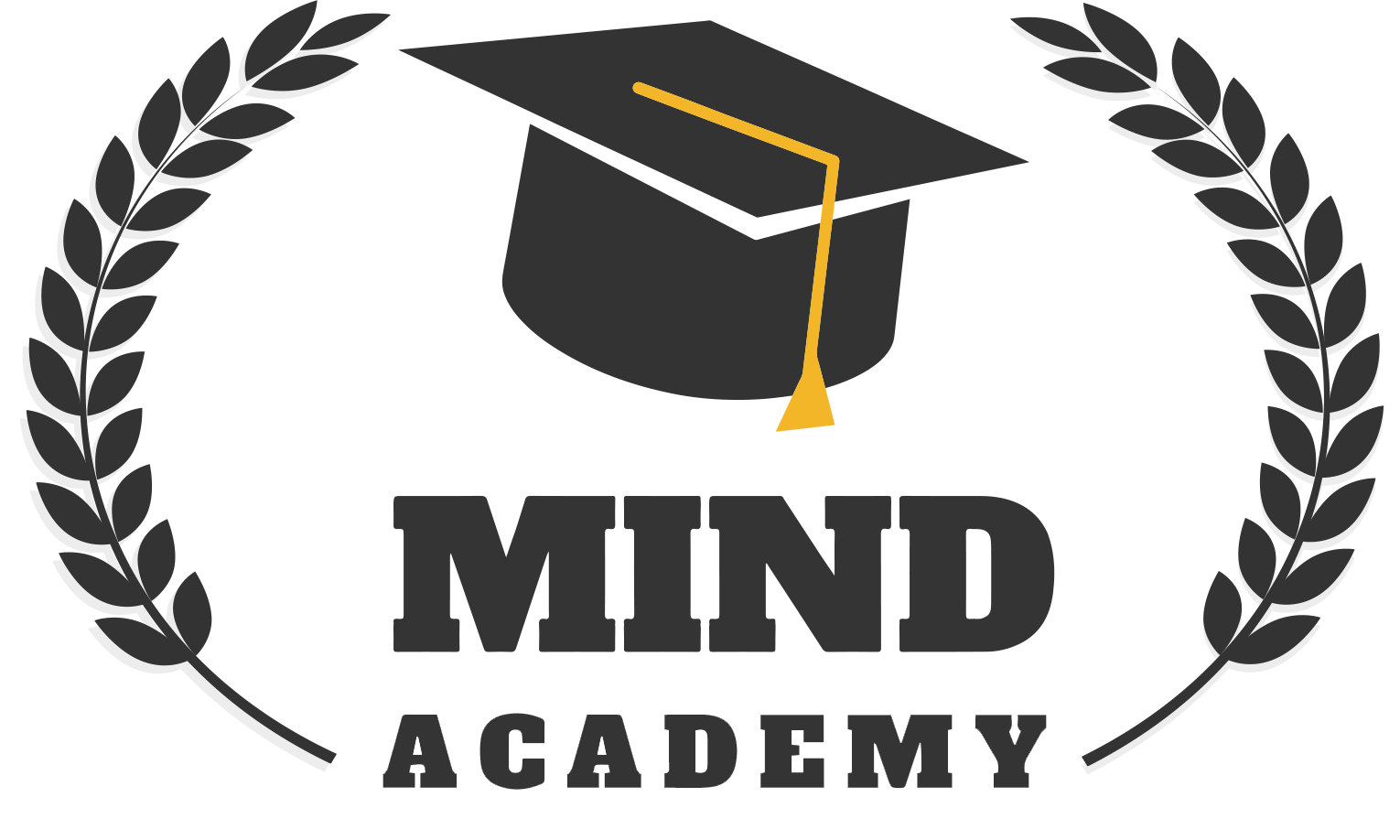Are you an engineer looking to grow into a “systems” role from your current role in thermal engineering, electrical engineering, mechanical engineering, or another discipline?
Perhaps you’re not an engineer at all. Maybe you’re a project manager or business operations manager interested in developing a deeper understanding of the engineering and technical stakeholders in your organization.
Either way, you’ve found yourself here—ready to explore emerging technologies and possibly even take an online course to sharpen your skills.
We spoke with Dr. Bruce Cameron, Director of the MIT System Architecture Lab and lead instructor for MIT xPRO’s online Systems Engineering certificate program to get his insights on the core concepts and emerging technologies you should know about.
Core Concepts and Emerging Technologies to Explore
“There are tremendous opportunities to modernize the craft of engineering,” says Dr. Cameron. “In many ways, the process of engineering has lagged behind the technology and products we work on.”
Here are core concepts and emerging technologies Dr. Cameron notes are critical for learners to understand—and relevant MIT courses that can help promote a better understanding of these concepts and technologies.
1. Data modeling over documentation
Simply having substantial documentation doesn’t mean that it can be queried and analyzed. Data modeling work is a necessary ingredient for a modern engineering environment to leverage existing data effectively.
Learn engineering online: MIT xPRO’s Architecture of Complex Systems, the first of four courses in the Architecture and Systems Engineering: Models and Methods to Manage Complex Systems program, focuses on documentation and System Architectural Decisions.
2. Framing architectural decisions in terms of tradeoffs
These tradeoffs are always present. For instance, an electric car can improve range with added batteries, but the added battery weight can compromise handling and charging total times. The problem is that the tradeoffs aren’t always made intentionally. Framing architectural decisions is one way to be more intentional with design.
Learn engineering online: Through MIT xPRO’s Architecture and Systems Engineering: Models and Methods to Manage Complex Systems program, you’ll learn to frame systems architecture as a series of decisions that can be actively sorted, managed, and optimized to suit your organization’s needs.
3. Using systems frameworks to assess the opportunities and challenges associated with emerging technologies
In Dr. Cameron’s experience, engineers across the board consistently express interest in understanding whether emerging technologies could cause changes in their architecture.
“In many cases, participants [in my online courses] are coming from an industry faced with opportunities and threats from these trends,” says Dr. Cameron. “They are looking for a systems framework to help them understand how these technologies can be integrated into their products.”
Here are just some of the technologies driving current trends in engineering:
Autonomous vehicles
Also known as self-driving cars, autonomous vehicles operate with little to no human involvement, but require tremendous training to prove their safety in all operating contexts.
Electric vehicles
Electric vehicles aren’t new, but the demand for them has increased in the last five5 years as federal incentives have encouraged consumers to purchase these green alternatives to gas-powered vehicles. There is also a notable push toward hydrogen fuel cell electric vehicles, which offer some added benefits, such as the ability to achieve longer distances without refueling.
Industrial automation and the Internet of Things
The Internet of Things (IoT), which describes a growing network of digitally connected devices, is helping organizations embrace industrial automation to improve productivity.
Learn engineering online: MITx’s Supply Chain Technology and Systems course covers how technology is used in supply chain systems—from fundamental concepts to innovative applications.
Natural language processing
A branch of computer science and artificial intelligence, natural language processing (NLP) empowers computers to understand and interpret human language—including text and spoken words.
Machine learning
A subfield of artificial intelligence, machine learning describes a machine’s ability to simulate intelligent human behavior when performing complex tasks. In the context of engineering, machine learning methods can be leveraged to design new products or systems and solve engineering design problems.
Learn engineering online: From probability and statistics to data analysis and machine learning, MITx’s MicroMasters Program in Statistics and Data Science helps learners master the skills needed to solve complex challenges with data.
Wind energy
One of the fastest-growing energy sources in the world, wind energy is clean and renewable—, and increasingly cost-effective.
More MIT Courses and Programs for Engineers
In addition to the courses highlighted in this article, MIT offers many other educational opportunities to help you learn engineering online, focusing on the core concepts and emerging technologies Dr. Cameron mentioned.
Check out the various courses and programs available to you via MIT Open Learning.





